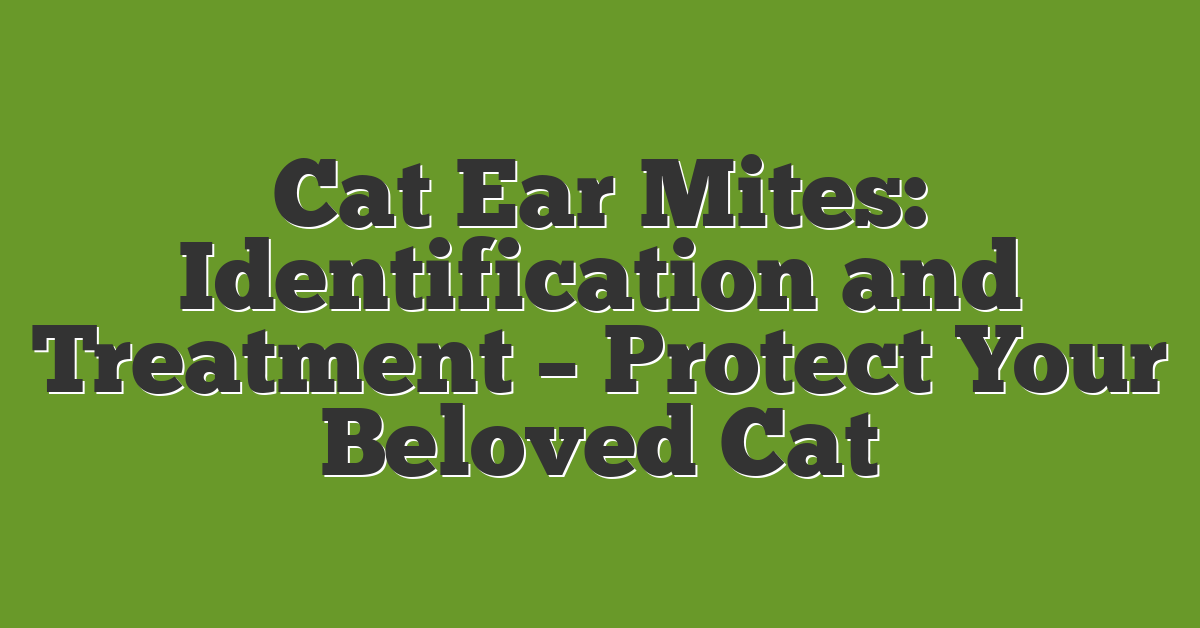Have you ever wondered what your cat is trying to tell you when they hiss? I’ve spent countless hours observing my feline friends, and I’ve come to realize that a hiss is more than just a sign of annoyance. It’s their way of communicating discomfort or setting boundaries.

Understanding these subtle cues can strengthen the bond between you and your cat. Whether it’s a sudden hiss during play or a gentle warning when you approach their favorite spot, each hiss has its own meaning. Let’s dive into the world of cat behavior and uncover what those hisses really mean.
Reasons Why Cats Hiss
I’ve noticed that cats hiss for various reasons. Understanding these reasons helps me respond better to my feline friends.
- Fear or Feeling Threatened
When a cat feels scared, it hisses. This shows it wants space.
- Protecting Territory
Cats defend their territory by hissing at intruders. It signals, “This is mine.”
- Pain or Discomfort
If a cat is hurt, it might hiss. Pain makes it defensive.
- Redirected Aggression
Sometimes, cats hiss at something else. For example, seeing another animal outside can trigger this.
- Protecting Kittens
Mother cats hiss to keep threats away from their kittens. It’s their way of safeguarding them.
- Surprise or Startle Response
A sudden noise or movement can make a cat hiss. It reacts to unexpected things.
- Communication with Other Cats
Cats use hissing to communicate with each other. It helps set boundaries and avoid conflicts.
Understanding these reasons helps me create a more comfortable environment for my cats.
Recognizing Hissing in Different Contexts
Understanding when and why my cat hisses helps me respond appropriately. Different situations reveal different meanings behind the hiss.
Signs of Fear
When my cat feels scared, you’ll notice specific behaviors. Her ears flatten against her head, and her body may crouch low. She might avoid eye contact and try to hide. The hiss sounds sharp and quick, signaling she’s uncomfortable and needs space.
Signs of Aggression
Aggressive hissing indicates my cat is ready to defend herself. Her tail might puff up, and her fur could stand on end. She may stare intensely and swipe with her paws. The hiss is more prolonged and intense, showing she’s prepared to attack if provoked.
How to Respond to a Hissing Cat
When my cat hisses, I take immediate steps to calm the situation.
- Give Space. I step back to allow my cat time to relax. If it hisses, it’s asking for distance.
- Avoid Sudden Movements. I move slowly to prevent startling my cat further.
- Don’t Punish. I never scold my cat for hissing. It communicates discomfort.
- Identify Triggers. I observe what caused the hiss to address the underlying issue.
- Provide a Safe Environment. I ensure my cat has a quiet space to retreat.
- Use Positive Reinforcement. I reward calm behavior to encourage a peaceful atmosphere.
- Consult a Veterinarian. If hissing persists, I seek professional advice to rule out health problems.
Preventing Hissing Behavior
Creating a calm environment helps reduce hissing. I provide a safe space where my cat can retreat. If my cat feels secure, it’s less likely to hiss.
Regular playtime keeps my cat engaged and happy. I use interactive toys to burn off excess energy. This prevents frustration that might lead to hissing.
I introduce new people and pets slowly. Gradual introductions minimize stress. If my cat feels overwhelmed, hissing decreases.
Providing ample resources avoids competition. I ensure there are enough food bowls, litter boxes, and resting spots. When resources are ample, my cat feels less threatened.
Using positive reinforcement encourages good behavior. I reward my cat with treats and praise when it’s calm. Positive experiences reduce the need to hiss.
Maintaining a consistent routine offers stability. I keep feeding and playtimes regular. Consistency helps my cat feel predictable and secure.
If my cat shows signs of discomfort, I address them quickly. I monitor for changes in behavior and consult a veterinarian if needed. Prompt action prevents hissing from escalating.
| Prevention Strategy | Description |
|---|---|
| Safe Space | A quiet area for the cat to retreat and relax |
| Regular Playtime | Interactive activities to keep the cat engaged |
| Gradual Introductions | Slowly introducing new people or pets |
| Ample Resources | Sufficient food, water, and litter boxes |
| Positive Reinforcement | Rewarding calm and desirable behaviors |
| Consistent Routine | Maintaining regular feeding and play schedules |
| Address Discomfort Quickly | Monitoring and responding to changes in behavior |
Implementing these strategies helps create a harmonious environment. By understanding and preventing triggers, I ensure my cat feels safe and happy.
When to Seek Professional Help
If your cat hisses frequently, it might need professional assistance. Persistent hissing can indicate health issues or behavioral problems that require expert attention. Here’s when to reach out for help:
Visit a Veterinarian
Medical problems can cause hissing. Look for signs like:
- Loss of appetite
- Sudden weight loss
- Lethargy
- Changes in litter box habits
If you see these symptoms, schedule a vet visit. Pain or illness can make cats irritable. Early diagnosis helps treat underlying issues effectively.
Consult a Behaviorist
Stress or fear can lead to hissing. A behaviorist can help by assessing your cat’s environment and behavior. Common triggers include:
- New pets or people
- Changes in the household
- Lack of socialization
A behaviorist provides strategies to reduce your cat’s stress and improve its comfort at home.
When Hissing Escalates
Sometimes, hissing can turn into aggression. Watch for signs like:
- Biting or scratching
- Avoiding interaction
- Increased hiding
If you notice these behaviors, seek professional help immediately. Addressing issues early prevents escalation and ensures safety for both you and your cat.
When Home Solutions Fail
Home remedies like giving space and using positive reinforcement help many cats. However, if hissing continues despite your efforts, it’s time to seek expert help. Professionals can identify problems you might miss and offer effective solutions.
If your cat’s hissing doesn’t improve or worsens, don’t hesitate to get professional assistance. Ensuring your cat’s well-being keeps your furry friend happy and healthy.
Conclusion
Understanding your cat’s hissing has truly deepened my bond with my furry friend. It’s amazing how such a simple sound can convey so much emotion and needs. By paying attention to these subtle cues, we can create a more harmonious home where our cats feel safe and respected. It’s been rewarding to see the positive changes when I respond with patience and care. Remember, every hiss is a window into your cat’s world, offering a chance to listen and connect on a deeper level. Embracing these moments not only helps in managing their behavior but also enriches the relationship we share with our beloved companions.
















